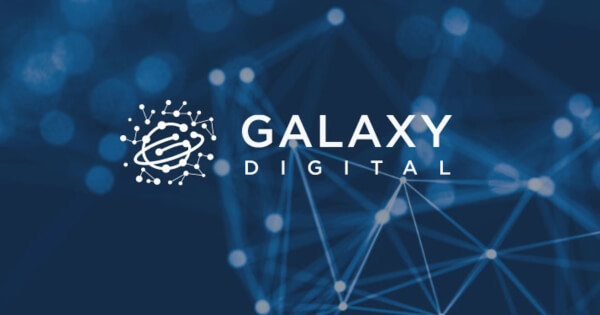Ethereum (ETH) Developers Address Core Issues in Consensus Call #139
Darius Baruo Aug 09, 2024 06:46
Ethereum developers discussed Pectra updates, PeerDAS implementation, and research findings in All Core Developers Consensus Call #139.

On August 8, 2024, Ethereum (ETH) developers convened over Zoom for the bi-weekly All Core Developers Consensus (ACDC) call #139, according to galaxy.com. The meeting, chaired by Ethereum Foundation (EF) Researcher Alex Stokes, focused on various updates and changes to the consensus layer (CL) of Ethereum, also known as the Beacon Chain.
Pectra Updates
EF Researcher Hsiao Wei Wang is gearing up for the next official release, alpha.4, of the Pectra CL specifications, which will incorporate numerous fixes. EF Developer Operations Engineer Barnabas Busa reported that Pectra Devnet 2 has achieved 85% network participation, despite a few bugs in execution layer (EL) clients, particularly EthereumJS and Erigon. However, most CL clients are stable. Discussions also included the need for better communication regarding the launch of Devnet 3, leading to plans for a weekly meeting series for testing updates.
Developers reconfirmed that Pectra Devnet 3 would retain the same set of EIPs as Devnet 2 but would feature the updated EIP 7702 design. Lodestar developer Gajinder Singh highlighted issues found with EIP 7251 on Devnet 2, which will require further testing. Additionally, a new Engine API specification, “getBlobsV1,” was introduced to fetch blobs from the EL blob transaction mempool, and Teku developer Enrico del Fante proposed clarifications to avoid misuse.
PeerDAS Updates
Representatives from the Prysm client team shared updates on their PeerDAS implementation, sparking discussions on the necessity of the “blobsidecar” Engine API request. Formal specifications for removing sampling from PeerDAS have been drafted to reduce upgrade complexity, although concerns were raised about the potential difficulty of reintroducing sampling in a future hard fork.
Research Updates
Three key research topics were discussed. First, edge cases in consolidating staked ETH balances under EIP 7251 were examined, with recommendations to acknowledge these in CL specifications. Second, changes to Ethereum’s networking layer, specifically the addition of a “quic ENR entry,” were recommended for further detailing in a GitHub pull request. Finally, blockchain analytics firm ProbeLab shared data on Ethereum node distribution, identifying 8,335 nodes, with 42% running on the Lighthouse client and 36% operated by U.S. users.
The meeting concluded with a request from Prysm developer “Potuz” for developers to review his pull request on changes to the execution payload structure, emphasizing the need for a timely decision due to the complexity of incorporating these changes into CL specifications.
Image source: Shutterstock.jpg)